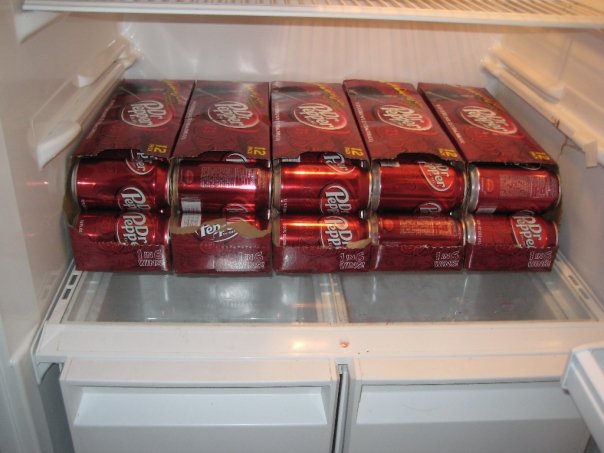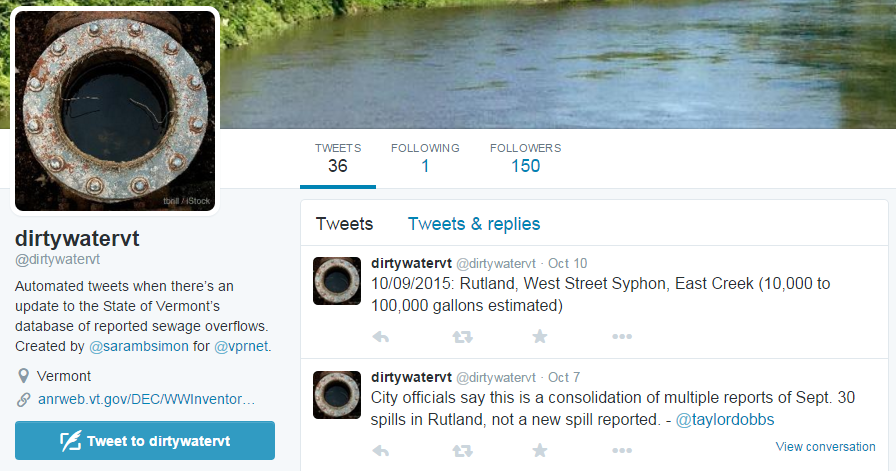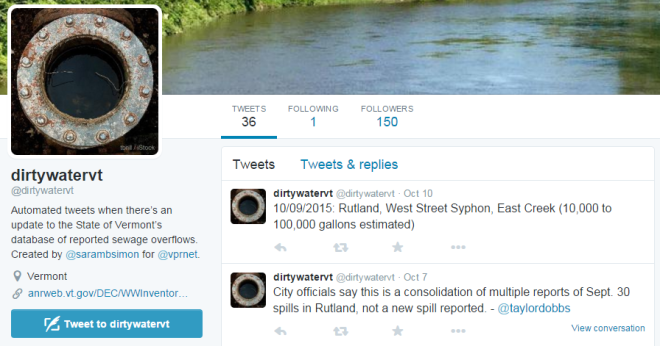
As a mid-July heat wave hit Vermont, beaches closed in Burlington — the state’s most populous city – because of potentially toxic blooms of cyanobacteria (also known by the misnomer blue-green algae).
This is a problem, and if you live in Vermont, you can contribute to the solution with a very minor change in your regular routine.
Algae blooms have been happening for years. The state and federal government have been trying to address the issue for almost as long. We have access to really interesting science and computer modeling that can help target the biggest sources of Phosphorus, which is what causes the blooms.
We know what to do, but as with so many things in Vermont state government, we’ve chronically underfunded the solutions. To give credit where it’s due, legislators in the past five years have made major advances in bringing new streams of money to help clean up the water. But we could always do more, and it turns out many Vermonters can do more by doing less.
If you regularly bring bottles and cans to a redemption center to claim the five-cent deposits for those containers, stop doing that and put those containers into the regular recycling instead.
Here it is, Vermont: If you regularly bring bottles and cans to a redemption center to claim the five-cent deposits for those containers, stop doing that and put those containers into the regular recycling instead. Those nickels will automatically be dedicated to water quality.
That’s because one of the first moves by state lawmakers as they tried to scrape together money for clean water was to dedicate all of the unclaimed bottle and can deposits to Vermont’s clean water fund.
Those deposits were never meant to raise revenue for the state, they’re just the byproduct of an environmental law designed to increase recycling. As a result, that funding stream for clean water has been relatively small. But let’s crunch some numbers.
In my past life as a reporter, I wrote about a University of Vermont study that found that 65 percent of Vermont’s population is willing to pay at least $40 per year for water quality. (This was in 2014, so I can’t speak to how this has changed since.) Based on the U.S. Census’ latest estimate of Vermont’s population (623,989), that would be more than 400,000 people paying $40, which raises north of $16 million. To readers outside Vermont, that might sound like chump change in a government budget, but that’s a big annual jump to our water funding, and state funds can often be leveraged to unlock more federal funds as well. In other words, that could really put a dent in Vermont’s water problem.
If 65 percent of Vermont’s population drank a six-pack every week for a year, each person would put down $15.60 and the state would have another $6+ million to dedicate to clean water.
The UVM study was theoretical, because there isn’t some hotline Vermonters can call and give their credit card number to pay for water quality. But we actually can deposit to the clean water fund — pun obnoxiously intended — five cents at a time. As long as the cans are still being recycled, the only cost is the five cent deposit you give up.
For a person to generate $40 of income annually for the clean water fund, it would take about $0.77 per week — slightly more than 15 bottle deposits a week. That’s probably too many drinks to count on, but we can still tone it down and make a huge difference without incurring diabetes or day-drinking. If 65 percent of Vermont’s population drank a six-pack every week for a year, each person would put down $15.60 and the state would have another $6+ million to dedicate to clean water.
So you can be lazier — tossing your (rinsed out!) bottles and cans into the recycling, saving yourself a trip to the redemption center — and you’ll be doing more to help clean waterways in Vermont.
There are plenty of things you can do, too, if you’re feeling less lazy. Check out rethinkrunoff.org for some great local resources on clean water in Lake Champlain. (For the record, I’m not affiliated with them.)
Disclaimer: I used to live in Burlington, where people regularly go through recycling that’s been left on the curb to get the returnables out so they can claim the money to support themselves and their families. This post is not a suggestion that no cans should be returned, or that people who need to claim that money are somehow in the wrong. My goal is only to help Vermonters make more informed choices.

